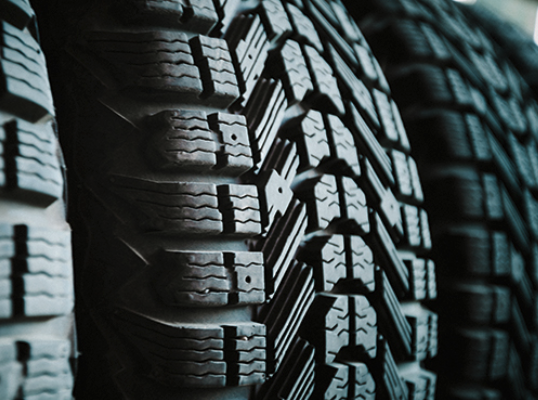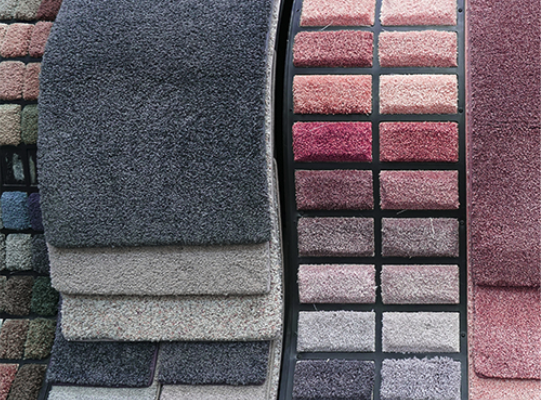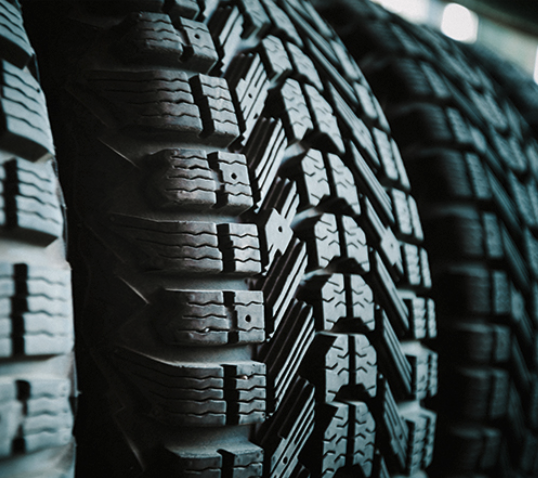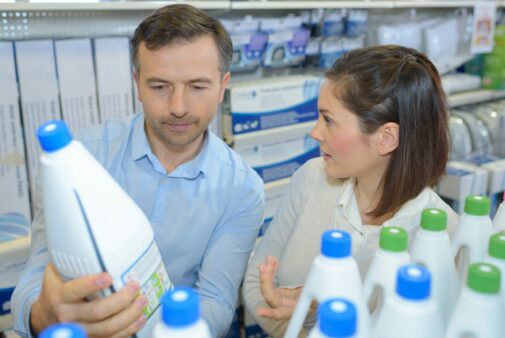Key Points/Overview
Synthetic rubber is a durable and often cost-effective alternative to natural rubber that can be used to make anything from car tires to protective gloves. 1,3-Butadiene is a key ingredient in these materials.
The potential for consumer exposure to 1,3-butadiene is very low, with the most common exposures typically occuring through car exhaust, cigarette smoke and polluted air.
OSHA provides guidance on exposure limits for 1,3-butadiene in the workplace.
Uses & Benefits
1,3-butadiene is used as a monomer to produce polymers that are used in commercial and consumer applications, not as a formulated ingredient. Many consumer goods and materials are made of synthetic rubbers (or elastomers), latexes and plastics produced using 1,3-butadiene. Elastomers made using 1,3-butadiene as a “building block” include styrene-butadiene rubber (SBR), polybutadiene rubber (PBR), polychloroprene (neoprene) and nitrile rubber (NR).

Tires
1,3-Butadiene is used to make synthetic rubber, and SBR is the primary material combined with natural rubber to make tires. The physical and chemical properties of these rubber polymers provide performance-enhancing components to tires, such as rolling resistance, wear and traction.

Synthetic Turf
Recycled tire crumb rubber is part of the infill material used in synthetic turf for cushioning and traction.

Paper Coatings
Styrene-butadiene latex (SB latex) is used to produce paper coatings and products with high-gloss, opacity and brightness, including coated manila and white cardboard, art paper and data recording paper such as pressure-sensitive paper and thermal paper used in catalogues, magazines and advertising flyers.

Carpet
SB latex is used in back coatings in tufted carpets. The back coatings hold the tufts in place, anchoring the pile fibers and providing improved stability and resistance to fraying or tuft loss at the cut edges of the carpet.

Gloves and Wetsuits
Neoprene, one of the earliest synthetic rubber products ever made, is used in gloves, wetsuits and waders (waterproof garments that cover the legs and body used by anglers when fishing), as well as foam. Neoprene foam is a soft, flexible and durable form-fitting sponge rubber. It provides thermal and moisture insulation and is resistant to ozone, sunlight, and oxidation. Neoprene foam is used in knee and elbow pads, and as joint filler in masonry.

Automotive Parts
Nitrile rubber, also known as nitrile-butadiene rubber (NBR), is an oil-resistant synthetic rubber used in hoses, automotive gaskets and seals, as well as gloves and other products where oil resistance is required.

Toys
Acrylonitrile butadiene styrene, also known as ABS plastic, is a heat- and impact-resistant lightweight material that can be used to make materials for toys like building blocks, as well as musical instruments like clarinets and recorders. ABS plastic’s durable, shock-absorbent properties also make it an ideal for luggage and laptop cases.

Other Consumer Products
Chewing gum is a rubber that has been flavored and sweetened. Originally, it was made of natural rubber, but today the rubber used to make chewing gum is usually synthetic. Along with butadiene, plasticizers and lanolin are some of the ingredients used to make the rubber for chewing gum.
Plastics for food packaging and frames for eye glasses are also made from butadiene.

Safety Information
1,3-butadiene is a “building block” chemical used in the manufacture of a variety of synthetic rubbers, latexes and plastics, and the potential for consumer exposure to the chemical very low. The primary route of potential human exposure to 1,3-butadiene is inhalation. Sources of public exposure include automobile exhaust, cigarette smoke and polluted air. People can reduce their exposure to 1,3-butadiene by avoiding tobacco smoke.
The National Institute of Health and the International Agency for Research on Cancer (IARC) list 1,3-butadiene as a known human carcinogen. The U.S. Occupational Safety and Health Administration (OSHA) provides guidance on exposure limits for 1,3-butadiene in the workplace. To reduce exposure to potentially harmful levels, OSHA requires workplaces to follow their regulations on proper ventilation. OSHA’s permissible exposure limits (PEL) are as follows:
- An 8-hour time-weighted average of 1 part per million (ppm)
- A short term exposure limit of 5 ppm for 15 minutes.
Short-term exposure to concentrations of 1,3-butadiene greater than 10,000 ppm can cause mild to moderate irritation of the eyes, nose and throat, as well as drowsiness and lightheadedness.


